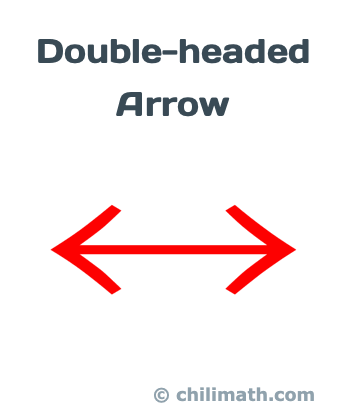

This is also the practice of the University Corporation for Atmospheric Research, which operates the National Center for Atmospheric Research.
#MATH UPSIDEDOWN CARET SYMBOL PROFESSIONAL#
However, in many works with professional typesetting, including scientific works published by the University of Chicago Press or Oxford University Press, the degree symbol is printed with no spaces between the number, the symbol, and the Latin letters "C" or "F" representing Celsius or Fahrenheit, respectively, e.g. Government Printing Office) prescribe printing temperatures with a space between the number and the degree symbol, e.g. In the case of degrees of temperature, three scientific and engineering standards bodies (the International Bureau of Weights and Measures, the International Organization for Standardization and the U.S. The addition of minute and second of arc follows the degree units, with intervening spaces (optionally, non-breaking space) between the sexagesimal degree subdivisions but no spaces between the numbers and units, for example 30° 12′ 5″. In the case of degrees of angular arc, the degree symbol follows the number without any intervening space, e.g. 1 (1827), where degrees of arc are abbreviated with a superscript d (alongside a superscript m for minutes of arc). 383.Īn earlier convention is found in Conrad Malte-Brun, Universal Geography vol. An early textbook using this notation is Charles Hutton, A Course of Mathematics vol. The degree symbol for degrees of temperature appears to have been transferred to the use for degrees of arc early in the 19th century. 194): une temperature de 16 à 17 dégrés du thermomètre ("a temperature of 16 to 17 degrees of the thermometer").Īn early use of the degree symbol proper is that by Henry Cavendish in 1776 for degrees of the Fahrenheit scale. In the same work, when Lavoisier gives a temperature, he spells out the word "degree" explicitly, for example (p. The 1 o.is to be read as primo "in the first place", followed by 2 o.
#MATH UPSIDEDOWN CARET SYMBOL SERIES#
a series of experiments firstly, on the existence of that same elastic fluid " sur l'existence du même fluide élastique ( p. Use of the degree symbol is introduced for temperature in the later 18th century and becomes widespread in the early 19th century.Īntoine Lavoisier in his Opuscles physiques et chymiques (1774) uses the ordinal indicator with Arabic numerals, for example when he writes in the introduction: Similarly, the introduction of the temperature scales with "degrees" in the 18th century was at first without such symbols, but with the word gradus spelled out. Use of "degree" specifically for the degrees of arc, used in conjunction with Arabic numerals, becomes common in the 16th century, but this was without the use of an ordinal marker or degree symbol. The number of the "rank" in question was indicated by ordinal numbers, in abbreviation with the ordinal indicator (a superscript o). In braille this is represented by a dot four followed by a letter d, or dots one four five.The word degree is equivalent to Latin gradus, which since the medieval period could refer to any stage in a "graded" system of ranks or steps. In print, the partial derivative symbol looks like a rounded d. Finally, the caret symbol is followed by the termination symbol. Next will be the directly over indicator (dots one two six) then the braille symbol for the caret. The multipurpose indicator is then followed by the variable the caret is over. The multipurpose indicator, dot 5, must be placed in front of the variable or character which the caret is over. Thus, you must follow the rules in braille for when a character is "directly over" another character. In such cases, the caret is positioned directly over the variable.

In braille the caret is represented by a dot four five six followed by dot one two six.

However, in this section we will discuss its use, commonly in statistics, as a "hat." A variable with a caret or "hat" over it may be necessary to distinguish it from other variables. In print the caret is a character that looks like an upside down "v." It may be used for a variety of reasons including to show that a number is being raised to a power. Lesson 11.11: Caret and Partial Derivative The caret


 0 kommentar(er)
0 kommentar(er)
